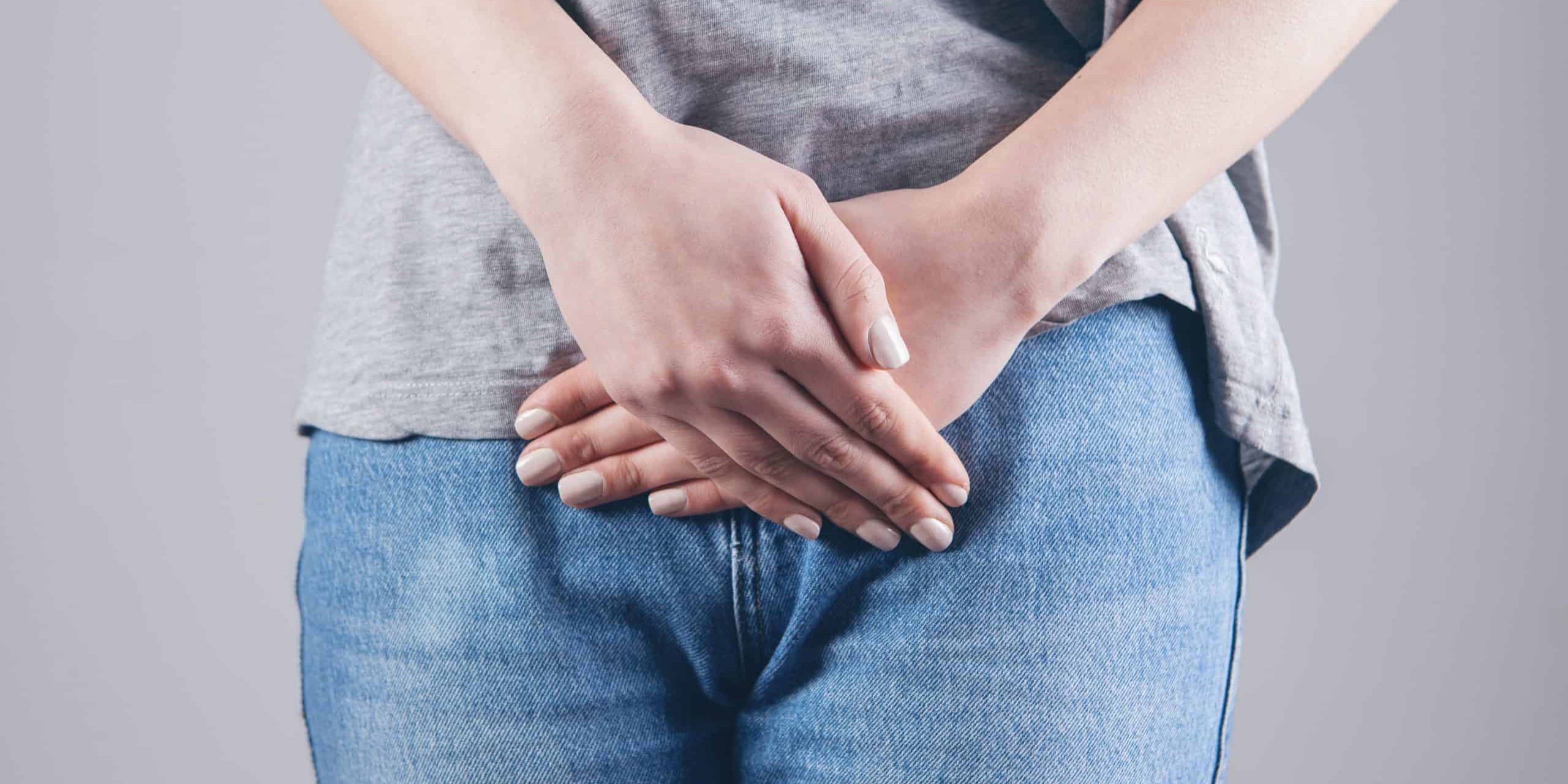Bladder Leakage
Women Bladder Leakage
Bladder leakage is an involuntary loss of urine. The severity of bladder leakage ranges from occasional leaking during physical activity or a sneeze to an intense urge to urinate. Living with bladder leakage can impact your emotional and psychological well-being. Many of us are led to believe bladder leakage is a part of getting older or normal after childbirth. Although women with bladder leakage are common, it is never normal. You do not have to live with a leaky bladder! Getting an assessment with a healthcare professional and making lifestyle changes can help you manage bladder leakage and live a more fulfilling life.-
What is bladder leakage?
Learn MoreThe average woman will experience bladder leakage up to 20 times a day, which is why it’s essential to know the causes of leaks and how they can be prevented. Also known as urinary incontinence, bladder leakage is the involuntary release of urine from your bladder. This can be anything from a mild spurt when laughing to regular release during an active day for you, and it doesn’t matter if this happens suddenly or gradually over time.
-
Symptoms & Causes
Learn MoreSymptoms of women’s bladder leakage include occasional minor leaks of urine to moderate amounts of leakage.
Types of urinary incontinence include:
● Stress incontinence.
● Urge incontinence.
● Overflow incontinence.
● Mixed incontinence. -
Treatment
Learn MoreMany different treatments are available for bladder leakage. The type and severity can depend on many factors, such as the patient’s age or general health status; however other issues like mental clarity must also be considered when treating these patients to ensure their well-being.
– Pelvic Floor Exercises
– Lifestyle Changes
– Bladder Training -
Diagnosis
Learn MoreYour doctor will do a physical exam to diagnose the cause of your urinary incontinence. Your doctor may choose to do some simple tests to discover the cause of your bladder control problem. It is advised to keep a bladder diary 4-6 days before your doctor’s appointment to help come to an accurate diagnosis.
-
Prevention
Learn MoreThere are two main types of incontinence: Stress incontinence and urge incontinence. Often women’s bladder leakage happens due to weakened pelvic floor muscles, but pelvic floor tightness can also cause leakage. If you are unsure about the sources of your incontinence, it is best to check with a medical professional.
-
FAQ
Learn MoreIf you’re experiencing incontinence symptoms, don’t let embarrassment keep you from getting the help that’s needed. Urinary incontinence can be a serious problem, particularly when it impacts the quality of your daily life and social interactions. Find the answers to your questions here. Click to learn more about this.



